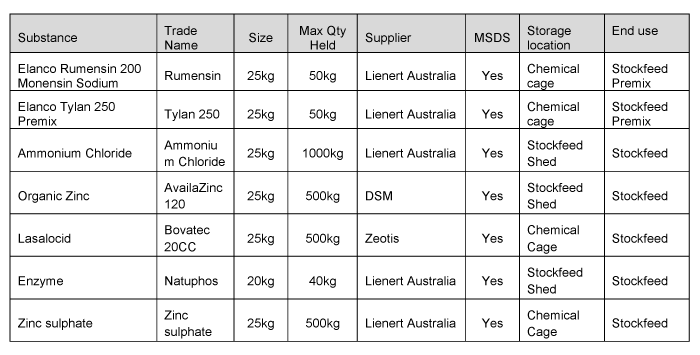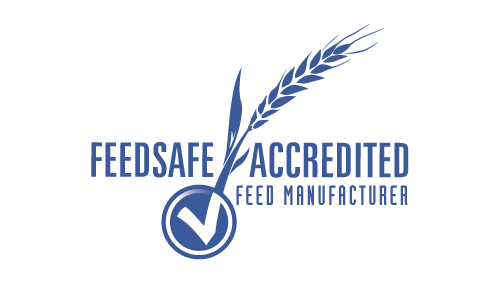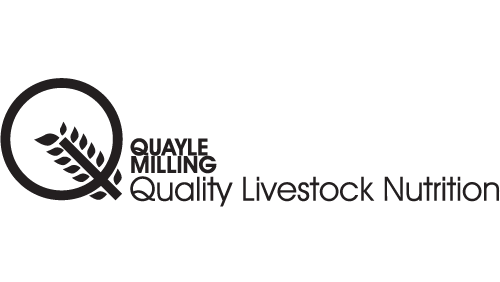Pollution Incident Response Plan
The purpose of the Quayle Milling Pollution Incident Response plan is to meet the requirements of the Protection of the Environment Legislation Amendment Act 2011 (POELA Act) by:
- Ensuring comprehensive and timely communication regarding a pollution incident to Quayle Milling staff, the Environment Protection Authority (EPA), other relevant authorities as specified in the Act and people outside of the premises who may be affected by the pollution incident
- Minimising and controlling the risk of a pollution incident by identifying risks and developing procedures to minimise and control those risks.
- Nominating a staff member responsible for implanting the plan, training staff and regularly testing the plan for accuracy, currency and suitability.
POLLUTION INCIDENT
A pollution incident is an incident or set of circumstances during or as a consequence of which there is likely to be a leak, spill or other escape or deposit of a substance as a result of which pollution has occurred, is occurring or is likely to occur. It includes a set of circumstances in which a substance has been placed or of disposed on premises. Noise is not considered to be pollution.
A pollution incident is required to be notified if there is ‘material harm to the environment’.
Harm to the environment is:
- Actual or potential harm to the health and safety of humans or to ecosystems that is not trivial
- Actual or potential loss or property damage valued at >$10 000
Loss includes the reasonable cost involved in taking all reasonable measures to prevent, mitigate or make good harm to the environment.

There are no other known chemical pollutants on site:
- Raw materials and finished products are grain based
- No cleaning chemicals apart from a small quantity (2litres) of domestic cleaning chemicals
- Oils and lubricants are kept to minimum volumes
Valvoline Food Grade grease 20 litres
Castrol LMX grease 40 litres
Castrol Agri Tran plus oil 40 litres
Fuchs Renolin 2AF 150 oil 20 litres
Mobil SHC 630 oil 20 litres
Sigma Fluid MOL 40 litres
Castrol Magna Glide D68 20 litres
Valvoline EPG 20 litres
Pentrene/WD40 12 tins
- Oxy and acetylene gas cylinders for maintenance works
There are no known air pollutants on site
- Bag filters are fitted to the site
SAFETY EQUIPMENT
Safety equipment is stored in the locker next to the chemical cage
- Dust mask
- Safety glasses/goggles
- Elbow length PVC gloves
Material safety data sheets are available in the locker with the safety equipment and in the Mill office
CONTACT DETAILS
The General Manager will be responsible for activating the plan and managing the response.
Gary Douglas
Mill Manager
(02) 6382 1666
Lin Douglas
Quality Technician
(02) 6382 1666
Tony Farag
General Manager
(03) 9562 0400
Warren Mortimer
Finance Manager
(03) 9562 0400
Lisa Uren
Quality Manager
(03) 9562 0400
NOTIFICATION PROTOCOL
- Firstly, call 000 if the incident presents an immediate threat to human health or property. Fire and Rescue NSW, the NSW Police and the NSW Ambulance Service are the first responders, as they are responsible for controlling and containing incidents.
- If the incident does not require an initial combat agency, or once the 000 call has been made, notify by telephone the relevant authorities in the following order.
- EPA
- The Ministry of Health via the local Public Health Unit - Goulburn office
- WorkCover Authority – 13 10 50
- Fire and Rescue NSW – 1300 729 579
EMERGENCY SERVICES
EPA
Environment Line
131 555
Public Health Unit
Locked Bag 11, Goulburn, NSW, 2580
Fax: (02) 4824 1831 / 4822 5038 (*s)
Ph: (02) 4824 1840
After hours: (02) 6080 8900 (diverts to Albury Base Hospital) - ask for Public Health Officer on call
Workcover Authority
13 10 50
Fire and Rescue NSW
1300 729 579
COMMUNICATING WITH NEIGHBOURS
In the event that there is a pollution incident that would impact on neighbours, the neighbours will be contacted in person by Quayle Milling management.
MINIMISING HARM TO PERSONS ON THE PREMISES
To minimise the risk of harm to any persons who will be on the Quayle Milling premises should an incident occur, Quayle Milling has developed evacuation procedures, these clearly show assembly locations to site personnel.
ACTIONS TAKEN DURING OR IMMEDIATELY AFTER A POLLUTION INCIDENT
The types of possible spills on the Quayle Milling site would not be considered to be causing ‘material harm to the environment’ and would not require EPA notification.
Storm water drains will be covered or protected by barriers in the event that any spill is likely to enter the storm water via a site drain.
In the event of a spill of Rumensin or Tylan consult the relevant MSDS:
- Evacuate the stock feed mill and stop the processing equipment if necessary.
- Contain the spill
- For Rumensisn: Wearing goggles/glasses, mask and gloves, sweep up the spill and contain it in an opaque container labelled as ‘waste’. Dispose of the container using a licensed waste collector.
- For Tylan: Wearing goggles/glasses, mask and gloves, dampen the Tylan with a water mist, sweep up the spill and contain it in an opaque container labelled as ‘waste’. Dispose of the container using a licensed waste collector.
In the event of a grain or finished product spill:
- Stop the source
- Ensure the spill does not enter the storm water system using appropriate barriers.(Using spill kits)
- Clean the area using booms and shovels
- Take the spill material to the stock feed mill
In the event of an oil or lubricant spill consult the relevant MSDS:
Recover the spill using a suitable absorbent
Dispose of the waste material using the usual waste oil procedure.
STAFF TRAINING
The Pollution Incident Response Plan will be included and documented as an annual requirement in QR020.1, Individual staff training logs for all staff. The training will be delivered internally.
TESTING THE PLAN
All components of the plan will be tested annually as part of the sites system review. This will be scheduled on QR023 and documented in the internal audit system. Plans must also be tested within one month of any pollution incident.





